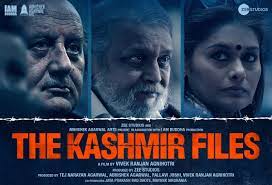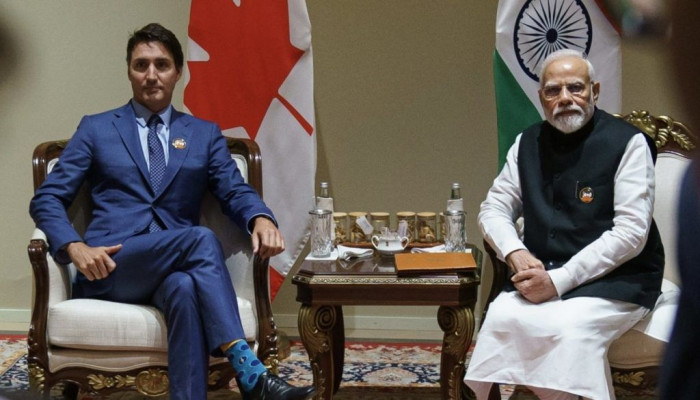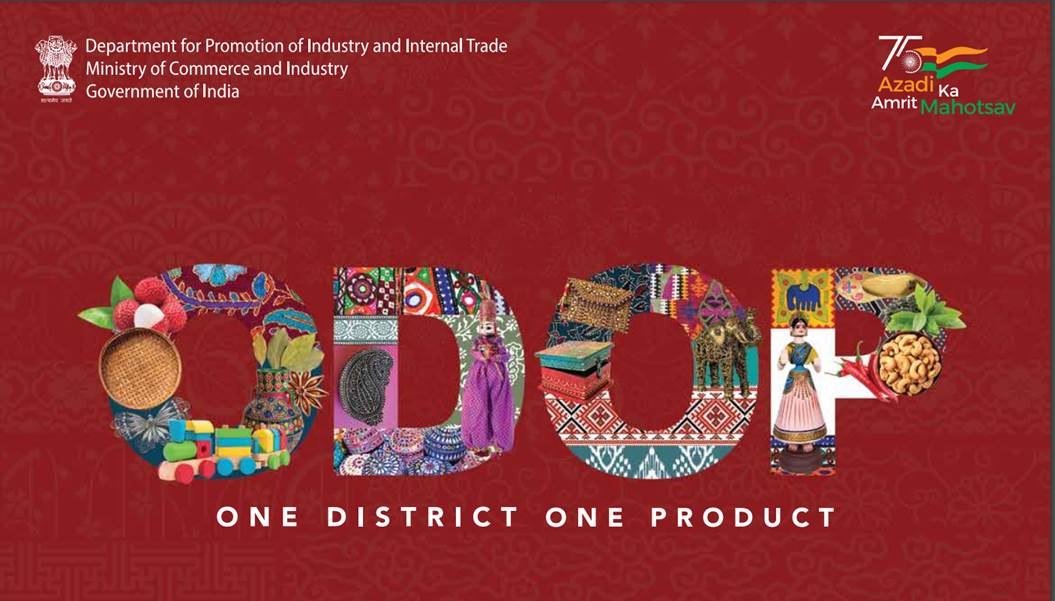In Kupwara, Bashir Dar, a trader, and Pervaiz Butt, an ophthalmologist, confided that youngsters of Kupwara, Lolab Valley, Tithwal and Trehgam are not interested in seeing ‘Kashmir banega Pakistan’ anymore. Some teenagers still think Azadi is a viable option. But a majority of older youth have reconciled to being a part of the Indian union. I recalled that twenty-six years ago when I first visited Kupwara bazar, pro-Pakistani youth were in majority. During my second visit, ten years ago, young people favoured the independence option. So, what made youngsters shift their opinion?
There are a couple of hypotheses. I tried to test them one by one. The first hypothesis is the masculinity hypothesis. It states that the abrogation of Article 370 and termination of J&K statehood asserted the Indian Government’s will and no Kashmiri dares to mess with the BJP government in Delhi anymore. However, in the history of secessionist movements, clampdowns always created a temporary eerie calmness followed by renewed turbulence. In Kashmir though, even three years after the abrogation of Article 370, popular sentiment does not appear to support any more winters of discontent. People appear to be somewhat reconciled to the prevalent state of affairs. One cannot explain it all based on the masculinity hypothesis alone.
The second hypothesis, also known as KPS Gill hypothesis, claims that the security forces have broken the back of militancy in the same way they gained the upper hand against Khalistani extremists. In other words, continued application of Armed Forces Special Powers Act (AFSPA), extra-judicial terminations, and successful infiltration of militant outfits (HUMINT) coupled with modern electronic intelligence (ELINT) have reduced the average lifespan of a militant to less than six months. With fewer and fewer young men joining militancy, the supply pipeline of tanzeems is drying up and they cannot replenish the losses in its ranks. The problem with this hypothesis is that the annihilation of extremism always required an efficient security apparatus and an effective political process. In Punjab, it was Beant Singh’s Government in the early 1990s that addressed the political aspirations of Punjabi people at the same time when KPS Gill was neutralizing gun-totting terrorists. In Bengal, in 1970s, it was S.S Ray’s Congress Government that co-opted CPI(M) and marginalized Marxist-Leninist student factions before initiating operation Steeplechase to exterminate Naxals. But in Kashmir, the political processes are virtually suspended post-August 2019 revocation of special status. The apparent decline of militancy was not accompanied by any manifest accommodation of common Kashmiri’s political aspirations. Therefore, one cannot unequivocally declare the validity or triumph of KPS Gill hypothesis here.
We all know of Pakistan’s complicity in Kashmir. I also felt that the common Kashmiri feels an emotional connection with Pakistan because of shared religion, language, geographical proximity and culture. In today’s day and age, with social media, youtube, and whatsapp reigning supreme, Kashmiris are much better aware of what is happening in Pakistan, POK, and Gilgit-Baltistan. So, I asked Shadab and Bilal, both college-going teenagers, what is their impression of Pakistan. The response was instructive.
Shadab spoke at length about the human disaster that the monsoon flood has wreaked in Pakistan. He pointed out that both India and Pakistan got independence at the same time and that India was far more prone to natural calamities than Pakistan was. Annual floods and draughts, periodic crop failure, and low productivity per acre plagued India. But India mobilized resources to build dams and extensive irrigation networks, develop a high-yield variety of crops, and introduce drip irrigation in arid areas. Pakistan chose to whittle away its resources by buying weapons and distributing largesse to an entitled section of the populace which resulted in endemic corruption. Its debt to GDP ratio kept on climbing. Islamabad got some respite when Afghanistan became the strategic frontier between the free world and USSR between 1979-1991 as aid and weapons poured in from the West freely. In the aftermath of 9/11, Musharraf again identified an opportunity for Pakistan to capitalize on its strategic geographic location in the context of the war on terror and charged billions of dollars to US and coalition forces for the grant of rights to use bases and supply routes through Pakistan. In other words, the Pakistani political elite got used to leveraging a rent-seeking model for running its economy. However, all good things eventually come to an end. And Pakistan, as the US started to scale down its presence in Afghanistan, started to feel the heat. Unable to manage the spiralling fiscal deficit, the country soon faced a bleak prospect and started tottering on the verge of bankruptcy. Even Saudi Arabia, who always bailed out Islamabad on past occasions was cautious and minimalistic in its support. Pakistani profligacy seems to have run out of its course and options.
The two youngsters felt that the Pakistani state is unable to provide jobs, education and prosperity to its citizens and if Kashmir becomes a part of Pakistan, the poverty and chaos will simply suck Kashmir dry before you could say ‘Inqilab zindabad.’ In India, one can have hope and ambition. In Pakistan, it is only despair and apprehension, Bilal concluded. He has relatives in Muzaffarabad and heard the first-hand account, he affirmed.
Pakistan’s economic report card, combined with a surging India, facilitated by smooth dispersion of knowledge and information by social media might have built the case for India in minds of Kashmiri youth. But I recalled that pro-Pakistani Kashmiris, led by the enigmatic late Syed Ali Shah Gilani and his Jamaat-e-Islami, were never in a majority. On the other hand, pro-Independence youth appeared to be, at least when I had visited Kashmir several years ago, greater in number. Therefore, my next quest was to understand whether the disillusionment with the Pakistan option is also accompanied by disenchantment with ‘Azadi’ option and whether that handed over an advantage to the Indian state.
The ’Azadi’ that Kashmiris often appear to be asking for, needs to be understood in context. Just like everywhere else, Kashmiris also have grievances with respect to unemployment, civic issues, crime, inflation etc. Almost every demonstration, be it against disrupted electricity supply or for potable water, can include a slogan demanding ‘Azadi.’ Conspicuous presence of a largely non-local security force that is often on the edge because of the militancy, makes even routine demonstrations fraught with peril and potential violence. Therefore, often a demonstration, even on a routine issue, results in police action amidst loud demand of ‘Azadi.’ In fact, Madhu Kishwar said, “Mehbooba Mufti once told me that even when a group of Kashmiri women come to meet her, if they find she is not available, they will start shouting ‘We want Azadi,’ when in fact they came for jobs or better civic amenities.” In other words, ‘Azadi’ became a moniker of Kashmiri grievances and unfulfilled demands. Yes, Kashmiris meant Azadi for independence once upon a time, but today it is more of a reminder of their identity; It need not be associated with separatism or demand for independence.
With ‘Azadi’ diluted and Pakistan discredited, the field for India backers starts to look a bit favourable. The revocation of Article 370, on one hand, established the central government’s no-nonsense credential, while on the other hand raised the spectre of an alien rule that believes in domination rather than conciliation.
The bell might have already rung for the final lap for integration of Kashmir valley with the rest of India. It requires a careful combination of sternness and generosity, federalism with unitary tilt, and a liberal approach with a modicum of authoritarianism from time to time. Such paradoxical concoction is best achieved with a functioning elected state government in Srinagar that can tailor and customize the tactical approach based on the ground situation. Grounds should be prepared for that.








 OpinionExpress.In
OpinionExpress.In















Comments (0)